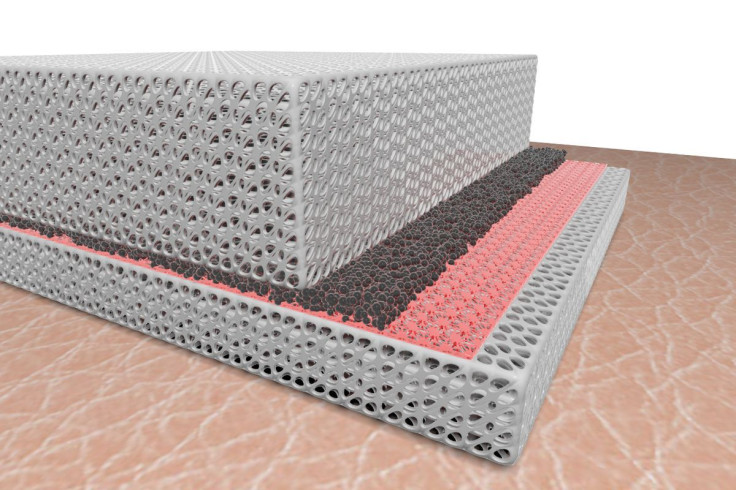Temperature Regulating Clothes: Reversible Textile Can Keep You Both Cool And Warm

Researchers from Stanford University, California, have developed a material that can keep you both cool and warm. This breathable fabric is capable of cooling you down when worn one way and keeping you warm when reversed. The innovation allows clothes made from this fabric to keep the body at a comfortable temperature, irrespective of the weather outside.
The material was conceptualized as an energy efficient way to regulate body temperature. People currently rely on air-conditioners or heaters to keep comfortable. But this is not environment-friendly. Temperature regulating devices consume a lot of electricity, which puts an increased stress on natural resources for energy production. Heating and cooling account for about 48 percent of the energy use in a typical United States home, making it the largest energy expense in most houses, according to the Department of Energy website. Even in other parts of the world, temperature regulation is crucial to survival.
The team of researchers published a paper in the journal Science Advances, which states the double-sided fabric is based on the same material as everyday kitchen wrap. The fabric can either warm or cool the wearer, depending which side faces outward.
The idea was born out of the need to develop energy-efficient temperature regulating systems.
“Why do you need to cool and heat the whole building? Why don’t you cool and heat individual people?” Yi Cui, leader of the team was quoted as saying in a press release by Stanford University.
Clothing has been the traditional way of regulating body temperatures outdoors, where artificial temperature regulators do not exist. But, existing fabrics have obtuse properties. A particular fabric can be used for one purpose only. Cotton is a good material to cool the body down, while wool warms the body up. These properties cannot be manipulated.
The team used infrared radiation emitted by the body to develop the bilayer material. The radiation emitted by the body accounts for 40-60 percent of human heat loss. The team created a material that either insulated it or lets it escape.
According to the study, the material comprises a micrometre-scale sheet of carbon, which emits radiation effectively, coupled with a copper layer that helps trap the heat. Both sides of this bilayer are covered with a breathable polymer nanoporous polyethylene, which is transparent, allows infrared radiation to pass through and has a cooling effect. The thickness of the polymer layer above the copper is kept at only half the thickness as the layer covering the carbon sheet.
The press release said, “One side, a copper coating traps heat between a polyethylene layer and the skin; on the other, a carbon coating releases heat under another layer of polyethylene. Worn with the copper layer facing out, the material traps heat and warms the skin on cool days. With the carbon layer facing out, it releases heat, keeping the wearer cool. ”
Studies with a synthetic skin sample showed the material can increase a person’s range of comfortable temperatures over 10 F. Postdoctoral fellow Po-Chun Hsu said in the release the potential range is much larger — close to 25 F. If all inhabitants wear a temperature regulatory textile, some buildings might never need air conditioning or central heating at all, he added.
In the warm mode, the material kept the synthetic skin warmer than a normal sweatshirt and when flipped-over, it lets the skin cool down.
The team will have to now make this technology into a fiber-like structure so it can be woven into clothing that look and function like traditional clothes.
“Ideally, when we get to the stuff you want to wear on skin, we’ll need to make it into a fiber woven structure,” said Cui in the release.
The team has already started testing to make sure the fabric is machine washable. They aim at creating an easily manufactured, practical textile that people could use in order to save huge amounts of energy around the world.
© Copyright IBTimes 2024. All rights reserved.











